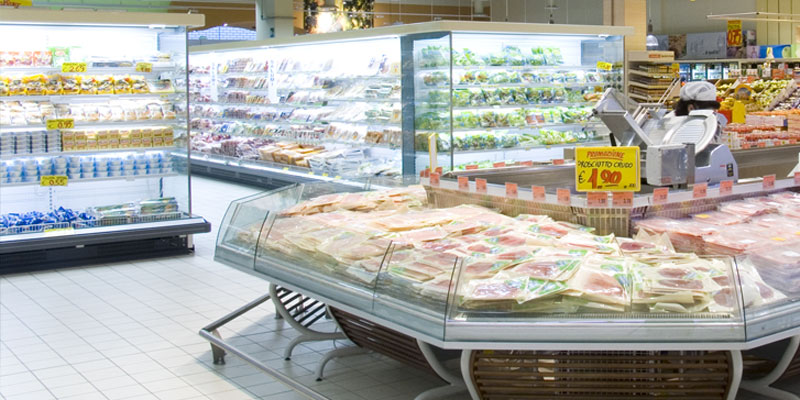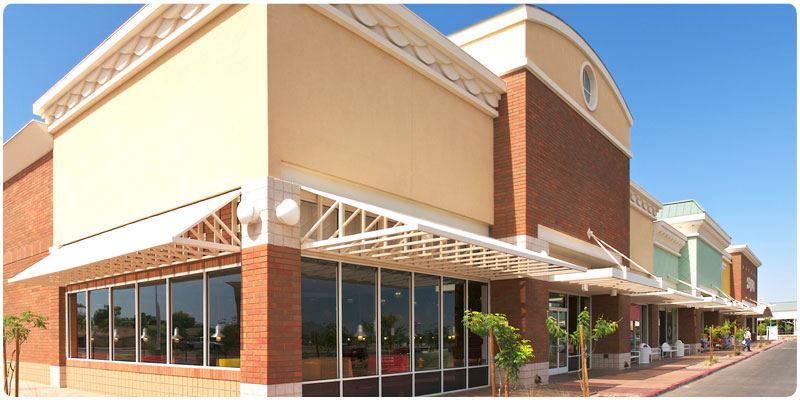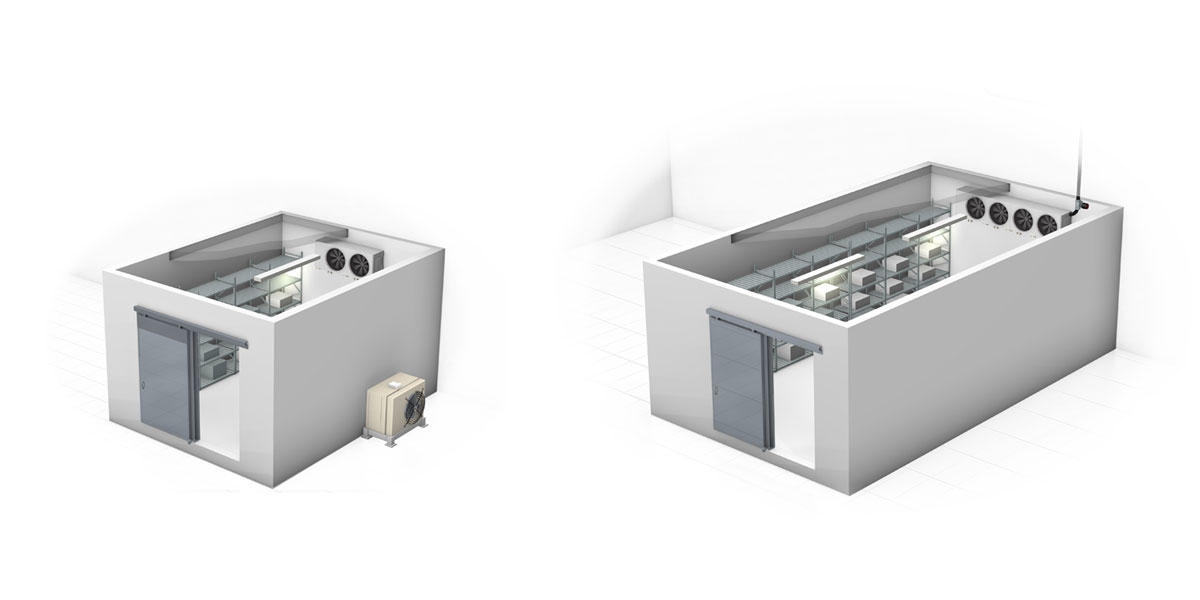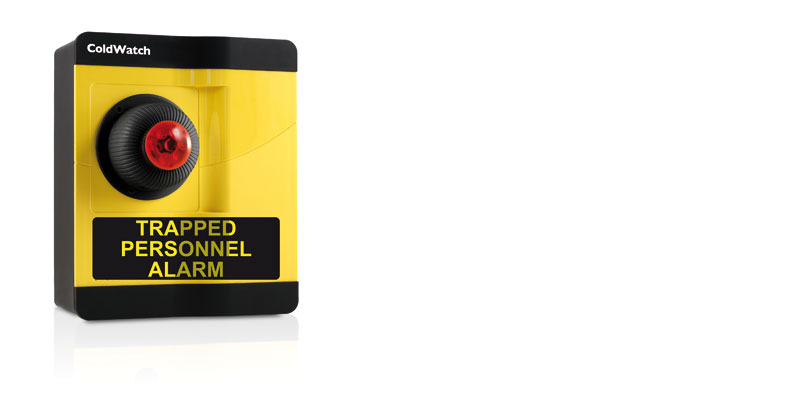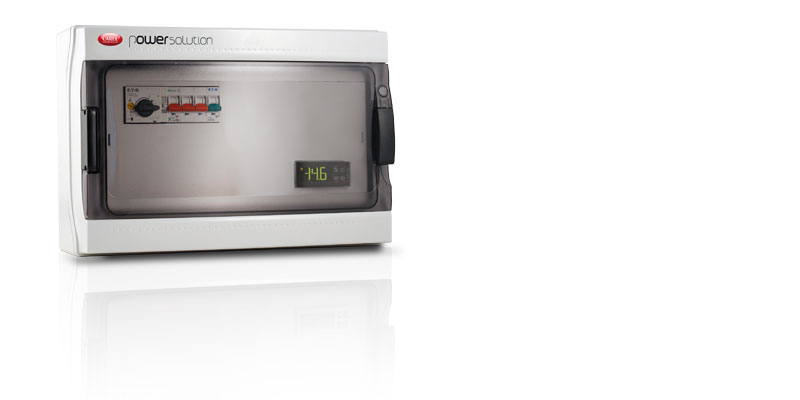Electrical panel for cold rooms
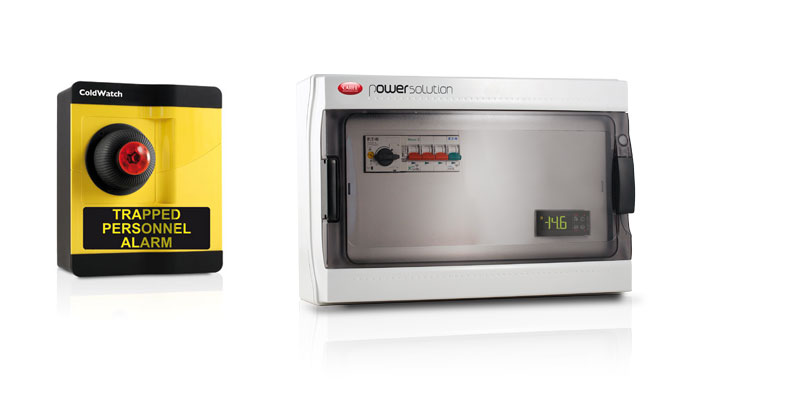
General characteristics
Food storage uses various procedures that vary based on duration:
- refrigeration, if the food must be stored for a short period of time (0…7 °C).
- freezing, deep freezing and freezedrying if it must be stored for long periods.
When deep freezing a product, it must reach a temperature of -18 °C in less than 4 hours, while for regular freezing the product can take more than 4 hours to reach -18 °C. During freeze-drying the product is dried following forced evaporation of the moisture contained in the product.
In the food industry, refrigeration is one of the most delicate and complex applications, as food needs to be kept at different temperatures depending on the processing phase. Refrigeration slows the growth of bacteria in foods. The technique is based on the extremely quick and intense action of cold temperatures, ensuring the organoleptic propeties of the food remain intact and extending storage time. Systems designed and installed on an industrial scale as well as those for consumers are based on standard procedures and techniques. The chiller is just one part of a more complex system that allows the evaporator to define the ideal heat exchange and thus preserve the food.
Cold rooms are a key point in the cold chain. Proper management has positive impact on both the quality of the stored product and on the environment in terms of energy savings. Often the contents of a cold room are quite valuible and therefore require serious and reliable technological solutions. Depending upon the type of food or system, cold rooms can be classified as:- normal temperature (>0 °C, for storing fruit and vegetables for example)
- low temperature (<0 °C, for storing meat for example)
- stand-alone (with onboard compressor/ condenser)
- with remote condenser or packaged units
- centralised (without onboard compressor, with remote compressor rack).
Typically, cold rooms with onboard condensers or packaged units are used in small stores, while cold rooms served by compressor racks are used in supermarkets and distribution centers. The main devices that normally need to be managed by an electronic controller are:
- Probes for measuring room and defrost temperature (if featured)
- Compressor
- Defrost heaters
- Evaporator fans
- Lights
- Door switch
- Alarms
- Condenser fans
CAREL offers its customers various types of electrical panels based on advanced controllers that are easy to use and extremely flexible.

